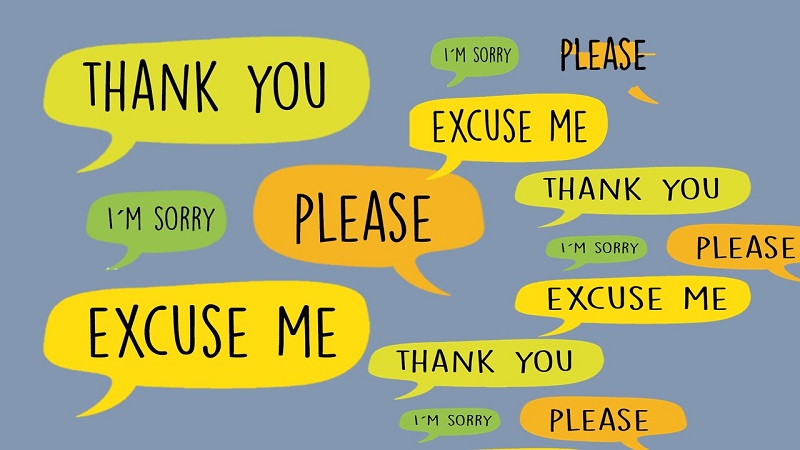The Influence of Communication on Culture and Behavior
 Language
Language
Languages is more than just a tool for communication; it is a powerful force that shapes our thoughts, behaviors, and lifestyle. The language we speak influences how we perceive the world, interact with others, and even how we think. It is deeply intertwined with culture, identity, and social structures, making it a fundamental aspect of our daily lives.
The Connection Between Language and Thought
One of the most profound ways language affects our lifestyle is through its influence on our thought processes. The idea that language shapes thought is known as linguistic relativity or the Sapir-Whorf hypothesis. According to this theory, the structure of a language influences its speakers’ worldview and cognition.
- Perception of Time: Different languages conceptualize time in unique ways, which can affect how speakers of those languages perceive and manage their time. For example, English speakers typically view time as linear, with events happening in a sequence from past to future. In contrast, some Indigenous languages perceive time as a more cyclical or even holistic concept, which can lead to a different approach to planning and daily activities.
- Color Perception: The way languages categorize colors can affect how people see and differentiate them. In languages with fewer color terms, speakers may have a broader or more nuanced perception of the same color range. For instance, Russian has separate words for light blue (“goluboy”) and dark blue (“siniy”), and studies have shown that Russian speakers are quicker to distinguish between shades of blue than English speakers.
- Emotion and Expression: The vocabulary and expressions available in a language can influence how emotions are experienced and communicated. Some languages have words for feelings or experiences that do not have direct translations in other languages, which can shape how speakers of those languages understand and express their emotions.
Language and Cultural Identity
- Cultural Norms: The language spoken within a community often carries the norms and values of that culture. For example, the use of honorifics in Japanese reflects the society’s emphasis on respect and hierarchy. These linguistic features influence how people interact daily, affecting social behavior, workplace dynamics, and family relationships.
- Preservation of Traditions: Language plays a crucial role in preserving cultural traditions and rituals. Many customs and practices are passed down orally through generations, and the language used in these transmissions helps keep cultural identities alive. This can influence everything from dietary habits and clothing choices to religious practices and celebrations.
- Multilingualism and Identity: For individuals who speak multiple languages, each language can represent a different aspect of their identity. Switching between languages allows people to navigate different cultural contexts, adapting their behavior and mindset accordingly. This flexibility can lead to a more diverse and enriched lifestyle, blending elements from various cultures.
Language and Social Interaction
The language we speak not only affects our internal thoughts but also our external interactions. It shapes how we communicate with others, form relationships, and build social networks.
- Forms of Address: The ways in which languages use formal and informal forms of address can affect social interactions. For example, languages like French, Spanish, and German have distinct formal and informal pronouns (“vous” vs. “tu” in French, “usted” vs. “tú” in Spanish, “Sie” vs. “du” in German). These distinctions influence how people interact based on age, social status, and familiarity, affecting workplace dynamics, social circles, and even family interactions.
- Nonverbal Communication: Language also influences nonverbal communication. Certain gestures, facial expressions, and body language are closely tied to the language being spoken. For example, nodding in agreement or shaking one’s head in disagreement can have different meanings in different cultural contexts, impacting how people interpret and respond to each other in social settings.
- Technology and Communication: In today’s digital age, language plays a significant role in shaping online interactions. The rise of social media, texting, and other forms of digital communication has led to the development of new language forms, including abbreviations, emojis, and internet slang. These forms of communication have influenced how people express themselves, connect with others, and even form communities online.
Language and Lifestyle Choices
Language can influence lifestyle choices in more subtle ways as well, affecting everything from our shopping habits to our leisure activities.
- Consumer Behavior: The language used in advertising and branding can significantly influence consumer behavior. Marketers often tailor their language to resonate with cultural values and preferences, shaping how products are perceived and purchased. For instance, the use of certain words, phrases, or linguistic styles can evoke emotions or associations that lead consumers to choose one product over another.
- Travel and Exploration: Language also affects travel choices and experiences. Knowing multiple languages can open up opportunities for deeper cultural immersion and understanding while traveling. It allows travelers to navigate new environments more easily, connect with locals, and gain a richer experience of different cultures.
- Entertainment and Media: The language of entertainment—whether it’s movies, music, books, or television—plays a role in shaping lifestyle trends and preferences. It influences the content we consume and how we interpret it, contributing to cultural phenomena and the spread of ideas across borders.
The Impact of Globalization
Globalization has brought about a mixing of languages and cultures, leading to a more interconnected world. As people are exposed to different languages, their lifestyles can change, often becoming a blend of various cultural influences.
- Language Learning: As more people learn additional languages, they gain access to new perspectives and ways of thinking. This can lead to changes in lifestyle, such as adopting new dietary habits, exploring different forms of entertainment, or engaging in social practices from other cultures.
- Cultural Exchange: The spread of language through globalization has facilitated cultural exchange, allowing people to experience and adopt practices from different parts of the world. This exchange has influenced everything from fashion and cuisine to education and business practices.
Conclusion
Language is a powerful force that goes beyond communication—it shapes our thoughts, influences our behavior, and molds our lifestyle. From how we perceive the world to how we interact with others, the way we speak plays a critical role in defining who we are and how we live. As globalization continues to bring cultures closer together, the influence of language on our lifestyle will only grow, leading to an even richer tapestry of human experience.






















Post Comment